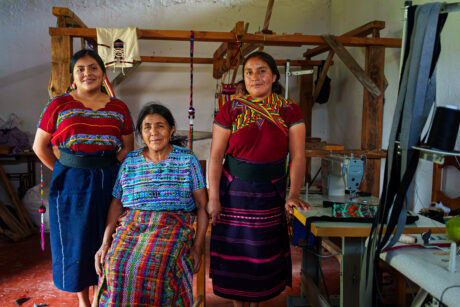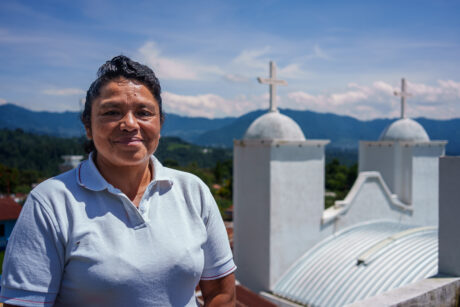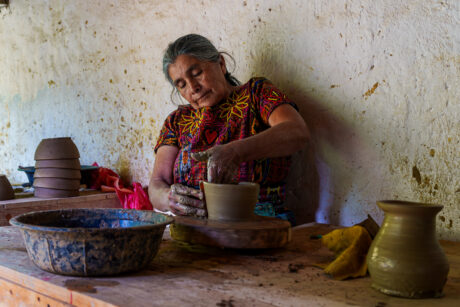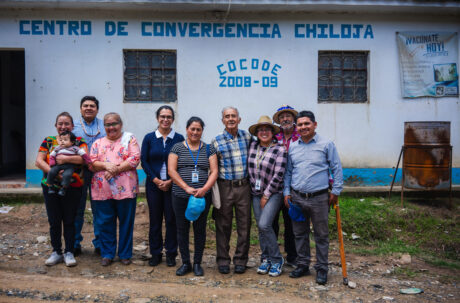Le projet de consolidation de la paix au Guatemala, connu sous le nom Projet Tisser la Paix, a été nommé l'un des 10 finalistes du 2024 L'USAID collabore, Apprentissage, et Adaptation (CLA) Concours de cas, un concours mondial qui honore les pratiques innovantes en matière de programmation et les résultats du personnel de l’agence et des partenaires de mise en œuvre.
Tisser la paix’s case, titled “Power to the People: Empowering Communities to Build Social Cohesion in Guatemala’s Western Highlands,” exemplifies the core principles of CLA by integrating decision-making approaches directly into the project’s main strategy to address local conflicts and promote community development.
Le projet financé par l'USAID Tisser la paix, mis en œuvre par Creative, aims to reduce social conflict and violence and strengthen social cohesion, with a specific focus on Hauts plateaux occidentaux du Guatemala. The project has demonstrated exemplary integration of CLA decision-making approaches into its overall strategy.
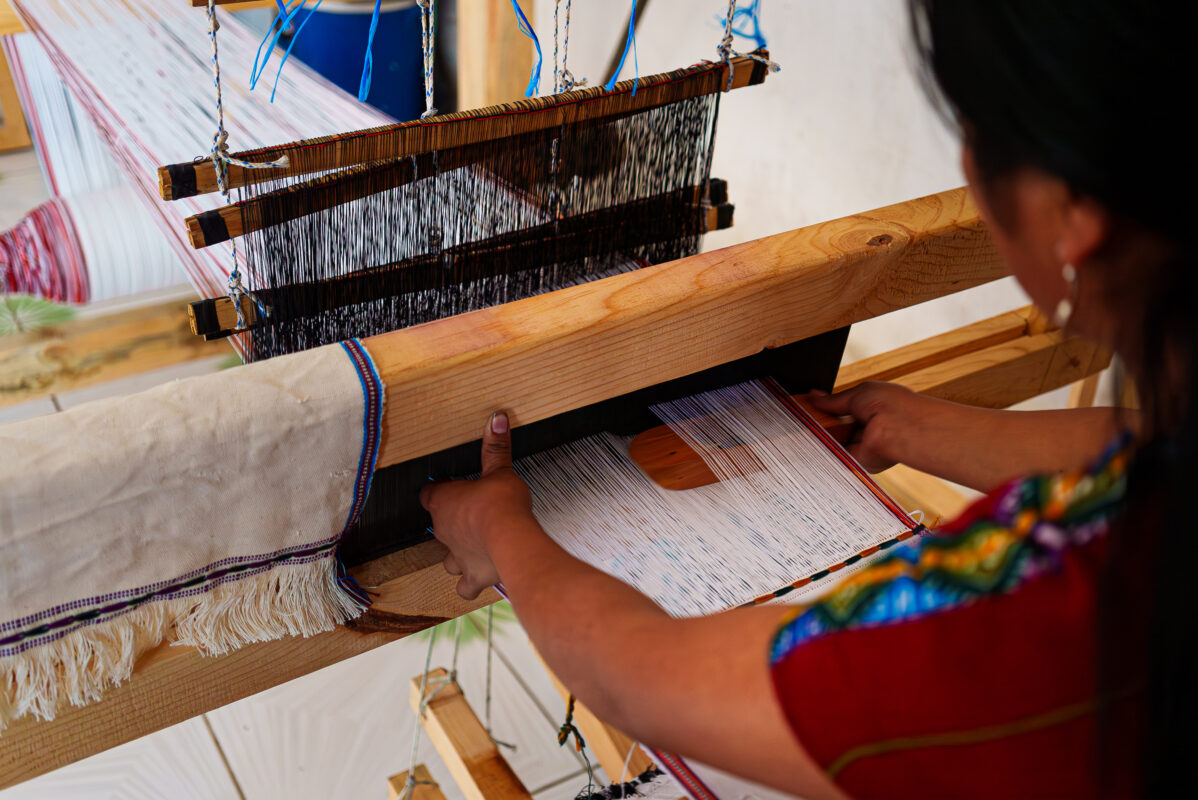
This year marks the 10th annual CLA Case Competition, which received a record 176 submissions, avec 73 percent from first-time participants.
Dans 2012, USAID’s Bureau for Planning, Apprentissage, and Resource Management introduced CLA as the agency’s approach to organizational learning and adaptive management. CLA aims to address common challenges in international development, such as lack of coordination among donors and implementers, donor-driven development, underutilized data, outdated practices, irrelevance to local contexts and rigid adherence to plans despite changing circumstances.
Through integrating CLA into the program cycle, development practitioners enhance their effectiveness through strategic collaboration, informed learning and adaptive decision-making within supportive organizational environments.
Using CLA for effective and sustainable program implementation
One of the key ways Tisser la paix applied CLA was through its relationships and decision-making approaches, ensuring that the team maintained strong relationships with communities and key allies, facilitating continuous and effective local implementation.
Par exemple, in the municipality of Cunén, Quiche, Tisser la paix identified specific conflicts related to youth, genre, ressources naturelles, and governance. By collaborating with local leaders and community members from the outset, the project was able to prioritize these issues and direct actions toward addressing them. This collaboration was crucial in identifying key allies and actors who could enhance and facilitate the strategy at the local level, optimizing project resources and ensuring that interventions were relevant to community needs.
Learning was another critical component of Tisser la paix’s success. The project established mechanisms for continuous feedback, which empowered staff at all levels to contribute to decision-making, especially within the implementation team. By systematically documenting and sharing best practices and lessons learned, Tisser la paix was able to refine its approaches to conflict resolution and community engagement. This adaptive management approach ensured that activities responded to the evolving local context, making necessary adjustments to improve outcomes.
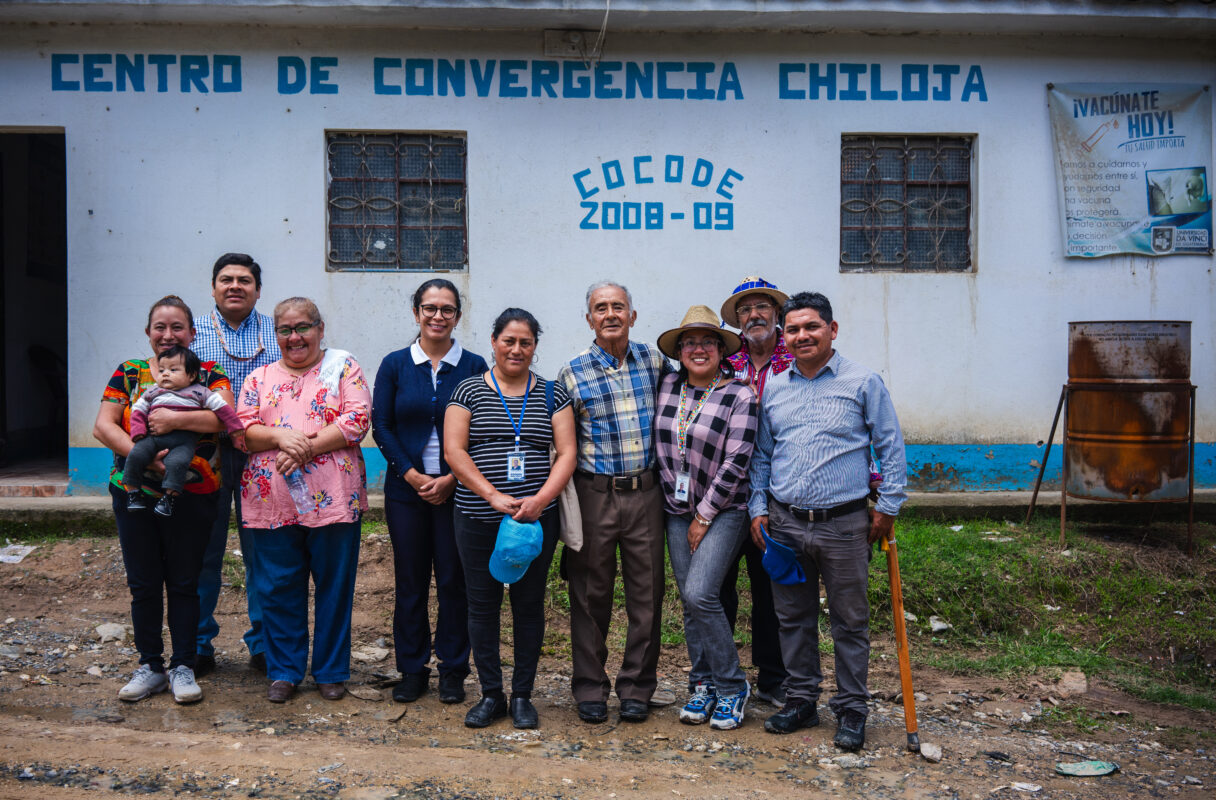
Several enabling conditions created by Tisser la paix also played a significant role in its effective application of CLA. By fostering an organizational culture that prioritized relationships and networks, the project was able to drive strategic local empowerment. This culture encouraged the identification and engagement of key stakeholders, ensuring inclusivity and local ownership of the project.
Dans l'ensemble, Tisser la paix’s implementation of context-appropriate CLA approaches — collaborating with the right partners, learning from continuous feedback, and adapting strategies based on evidence and local context — demonstrates how development projects can address complex challenges and achieve sustainable impact.
Read more about the 2024 CLA Case Competition ici.
